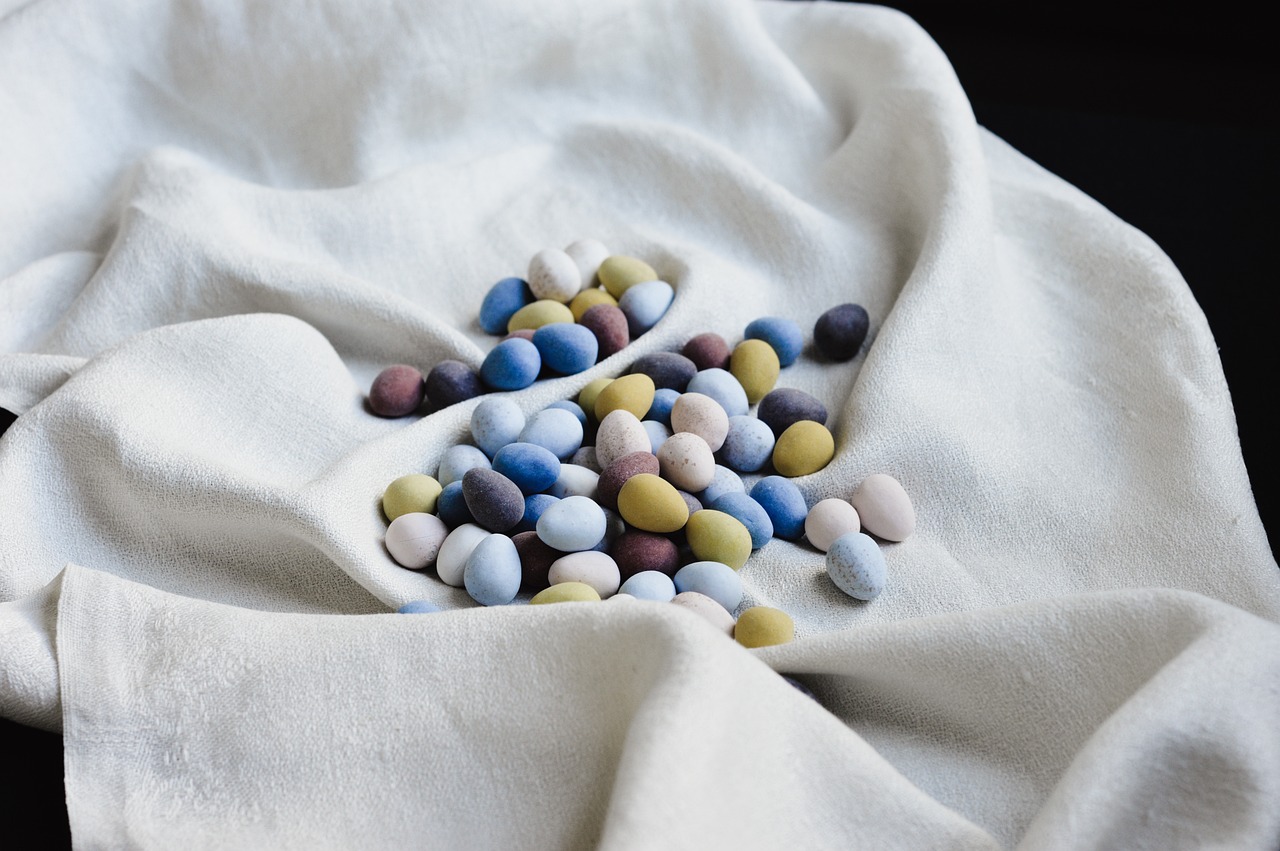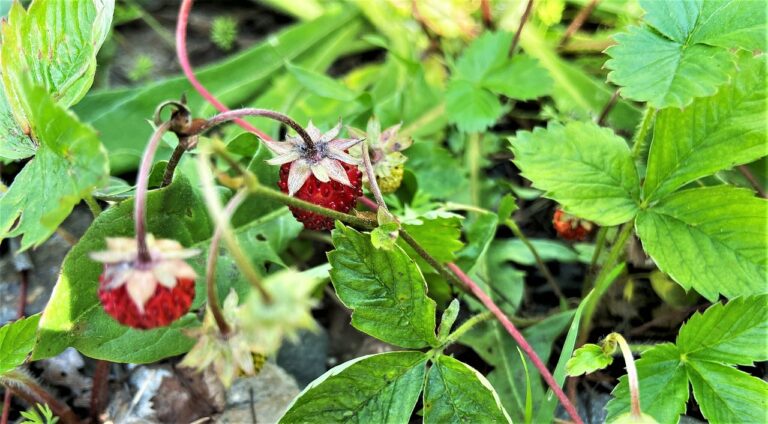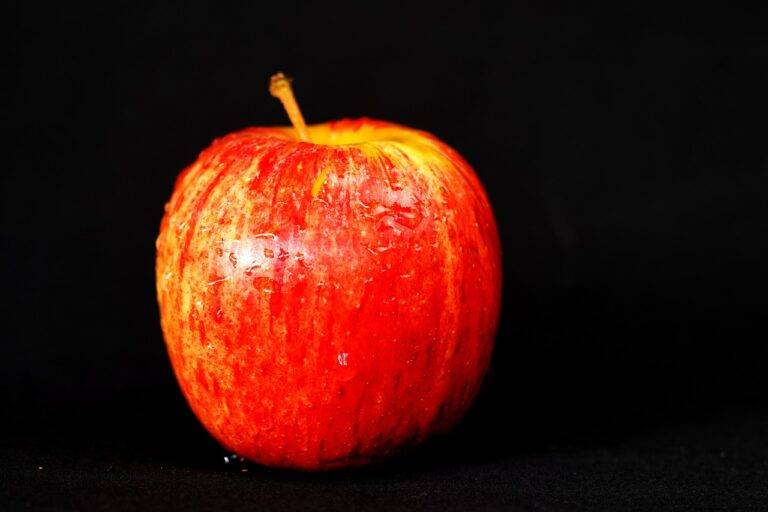Exploring the World of Exotic Spices: From Saffron to Cardamom
Saffron, the world’s most expensive spice, has a rich history that dates back over 3,500 years. Originating from the Middle East, saffron was highly prized by ancient civilizations for its vibrant color and distinct flavor. It was used not only in culinary dishes but also in religious ceremonies and traditional medicine practices.
Throughout history, saffron has been traded across the Mediterranean region, spreading its popularity to Europe and beyond. Ancient Greeks and Romans valued saffron for its medicinal properties and believed it could enhance mood and overall well-being. Its reputation as a luxurious spice continued to grow, leading to its use in royal feasts and as a symbol of wealth and prosperity.
The Culinary Uses of Turmeric
Turmeric, a vibrant golden spice, is widely used in culinary practices across various cuisines. Known for its warm and slightly bitter taste, turmeric adds a distinct flavor and color to dishes. Whether used fresh or in its powdered form, turmeric is a versatile ingredient that enhances the overall taste profile of a dish.
In Indian cuisine, turmeric is a staple spice used in curries, rice dishes, and vegetable preparations. Its earthy aroma and subtle peppery notes make it a favorite for adding depth to both meat and vegetarian dishes. Additionally, turmeric is often used as a natural food coloring agent, giving dishes a beautiful yellow hue that is not only visually appealing but also indicative of its rich flavor profile.
• Turmeric is a staple spice in Indian cuisine, used in curries, rice dishes, and vegetable preparations.
• It adds depth to both meat and vegetarian dishes with its earthy aroma and subtle peppery notes.
• Turmeric is commonly used as a natural food coloring agent, giving dishes a beautiful yellow hue.
Beyond Indian cuisine, turmeric is also utilized in Middle Eastern and Southeast Asian cooking. In Middle Eastern recipes, turmeric is often combined with other spices like cumin and coriander to create flavorful rubs for meats or marinades for vegetables. In Southeast Asian cuisines such as Thai and Indonesian, turmeric is frequently used in curry pastes or sauces to add complexity and depth of flavor to seafood or poultry dishes.
Moreover, turmeric’s health benefits are well-documented. It contains curcumin, a compound known for its anti-inflammatory properties that can help reduce inflammation in the body. This makes turmeric not only a flavorful addition to meals but also a beneficial ingredient for overall wellness.
Incorporating turmeric into your culinary repertoire can be as simple as adding it to soups or stews for an extra kick of flavor or creating homemade spice blends that highlight its warm undertones. Whether you’re looking to experiment with new flavors or reap the health benefits of this vibrant spice, turmeric offers endless possibilities in the kitchen.
The Medicinal Properties of Cinnamon
Cinnamon is not only a popular spice used to add flavor to dishes, but it also offers a range of medicinal properties. Studies have shown that cinnamon may help lower blood sugar levels and improve insulin sensitivity in individuals with insulin resistance or type 2 diabetes. Additionally, the anti-inflammatory properties of cinnamon make it a potential ally in fighting chronic inflammation in the body, which is linked to various health issues.
Moreover, cinnamon is rich in antioxidants, which play a crucial role in combating oxidative stress and protecting cells from damage. Some research suggests that the compounds found in cinnamon may have neuroprotective benefits, potentially aiding in the prevention of neurological disorders. Furthermore, cinnamon has been studied for its antimicrobial properties, showing promise in inhibiting the growth of bacteria and fungi.
What are some of the health benefits of cinnamon?
Cinnamon has been found to have anti-inflammatory, antioxidant, and antimicrobial properties. It may also help lower blood sugar levels, reduce the risk of heart disease, and improve brain function.
How much cinnamon should I consume to reap its health benefits?
The recommended daily dose of cinnamon is around 1-6 grams, which is roughly 0.5-2 teaspoons.
Can cinnamon be used to treat diabetes?
Some studies suggest that cinnamon may help lower blood sugar levels and improve insulin sensitivity in people with diabetes. However, more research is needed to fully understand its effects.
Are there any side effects or risks associated with consuming cinnamon?
While cinnamon is generally considered safe when consumed in food amounts, some people may experience allergic reactions or irritation from cinnamon supplements or essential oils. It is always best to consult with a healthcare provider before adding large amounts of cinnamon to your diet.
How can I incorporate cinnamon into my daily routine?
Cinnamon can be added to a variety of dishes, including oatmeal, smoothies, baked goods, and savory dishes like curries and stews. You can also sprinkle cinnamon on top of yogurt or coffee for a flavorful kick.







